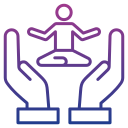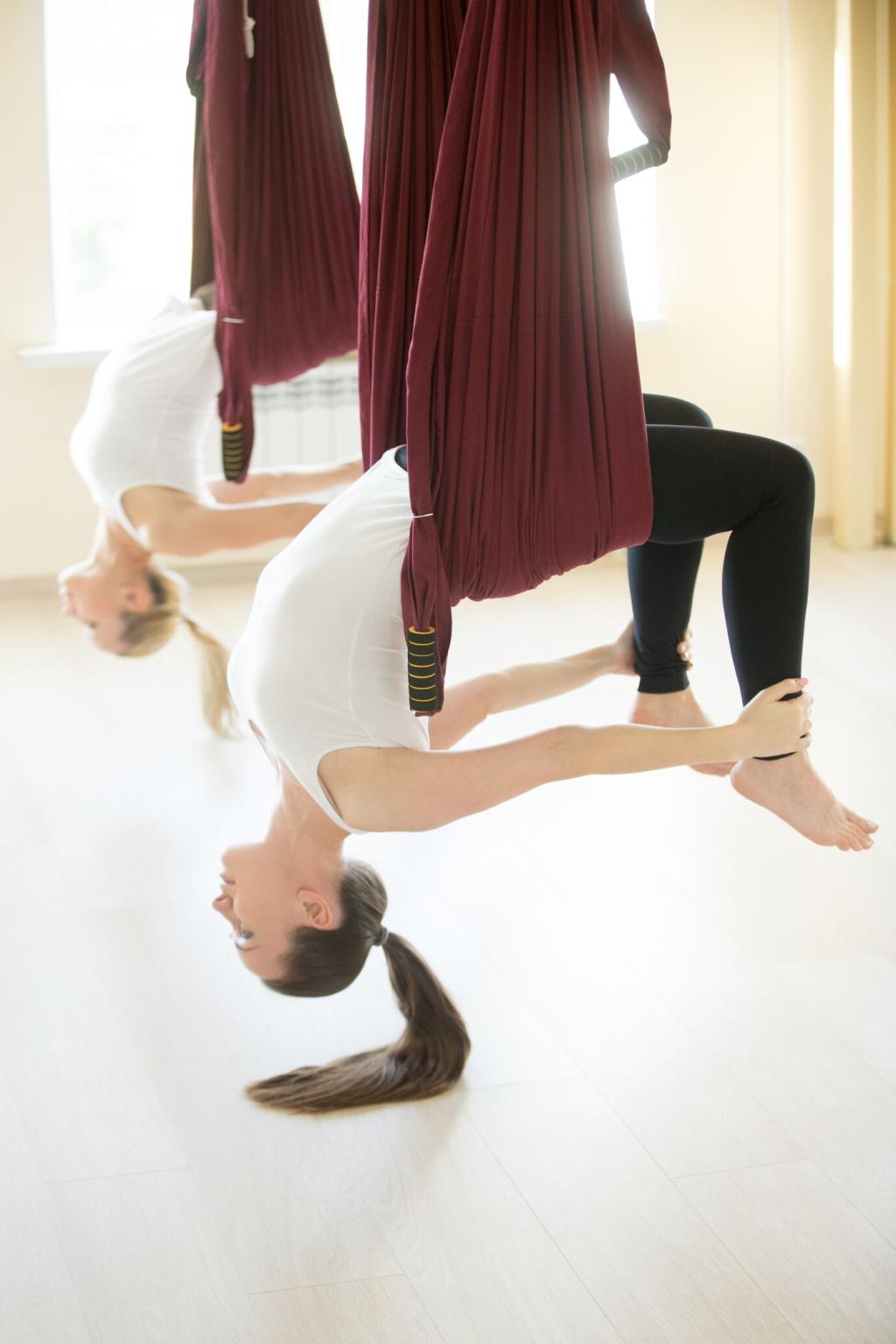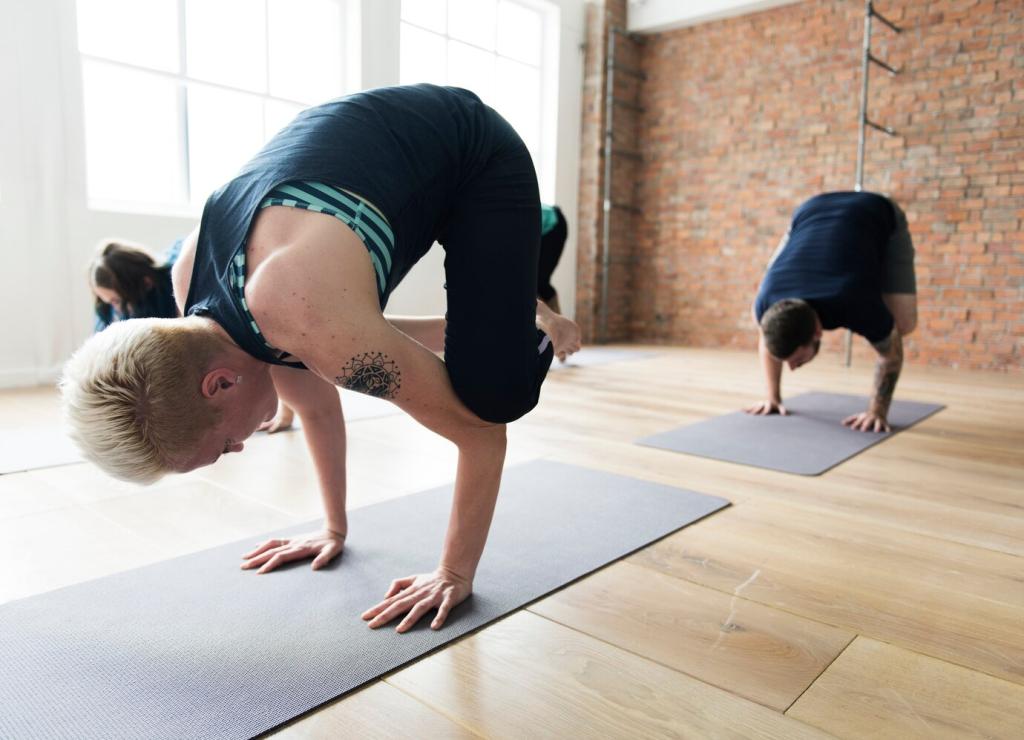Safety, Alignment, and Smart Progression
Just like strength, flexibility improves with measured progression. Target a stretch intensity around six to seven out of ten, add time or breath cycles weekly, and respect recovery. Use PNF sparingly and intentionally. You will enhance flexibility faster while keeping tendons and joints happy for the long haul.
Safety, Alignment, and Smart Progression
Grab blocks under hands in Pyramid, a strap around the foot in Seated Forward Fold, or a bolster under hips in Pigeon. Props personalize alignment, reduce strain, and create productive sensation. Modifications are not shortcuts; they are smart routes to deepen yoga’s role in your exercise regimen.


